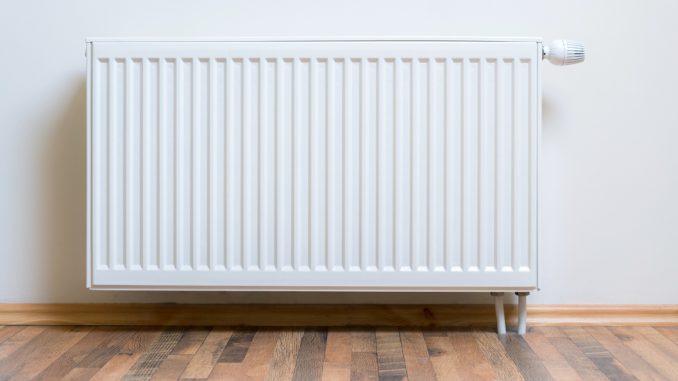
Where would we be at home or work without central heating? Very cold is the answer, especially in the Great British Winter.
Most of us will never have to worry about what makes a central heating system work. They are installed by professionals and although central heating pipe repair is a task that can be successfully carried out with a little DIY, if you are unlucky enough to suffer a major problem then it is again a qualified contractor who will be needed to ride to the rescue.
Still, that does not mean it is not interesting or helpful to understand how a central heating system warms homes and other properties. Here is your guide to understanding how central heating works.
The central heating source
In most central heating systems, the source is a boiler within the home or property which heats up water. This water is then transported around the building and into radiators via a network of pipes.
Whilst it is usual in the United Kingdom for individual homes and flats to have their own boilers, in Europe the use of district heating systems is far more prevalent.
The heat source in district heating is communal with a network of pipes running hot water into multiple buildings. An entire block of flats could be heated from one boiler, in theory reducing energy consumption and bills as a single source replaces multiple boilers.
This is not without its problems, of course. Should a pipe in a district heating system fail, then it can leave a significant number of homes and buildings without heat. In a central heating system, any problems impact just one property.
Pipes in central heating systems
Copper pipes carry hot water through the central heating system. Those that link the boiler to pumps and points where the circuit splits are either 22mm or 28mm in diameter. Radiator circuit pipes meanwhile are made from standard 15mm copper pipe.
Some heat is lost from pipes as the water travels around although a combination of the copper material, the narrow diameter and the speed of the flow ensures that losses are kept to a minimum.
Older central heating systems feature a single-pipe layout. In single-pipe layouts, hot water passes through one radiator and is then carried onto the next one.
By the time the water reaches the final radiator of the circuit, it has lost some heat. To compensate for this, bigger radiators should be installed towards the end of the loop to give off a similar amount of heat to those at the beginning.
Modern central heating systems work using a two-pipe layout, where each radiator is supplied by its own set of pipes. A hot water pipe runs straight from the boiler to the radiator. A return pipe then takes the cooled water released by the radiator back to the boiler for re-heating.
Radiators in central heating systems
Where pipework meets radiator, the flow of water is controlled by valves. These valves determine how much time the water spends in the radiator, which impacts on the amount of heat given off.
Central heating radiators deliver their heat by radiation and convection. Radiation is heat that you can feel given off from a hot surface, in this the case the panels of the radiator. Place your hands on the radiator or stand in close proximity to it and you feel the benefit.
Convection is a more effective way of heating an entire room or building. It instead warms the air, setting up a circulation of heat centred on the radiator.
Air warmed by the radiator rises and travels away from the radiator with its place taken by cooler air which is subsequently heated. The cycle continues, rising the overall temperature of the entire room.
The thermostat
The thermostat controls how hot a home is by switching the central heating system on and off according to the temperature setting.
It is normally found in either the living room or the hall. If the thermostat detects that the air around it is too low compared to your desired temperature, then it will turn the central system on.
Conversely, if the temperature is too high then the central heating has done its job and the thermostat will shut it down.
Homes with a thermostat will generally be more energy efficient and economical as it enables far greater control, only allowing the central heating to operate when it is required.

Leave a Reply